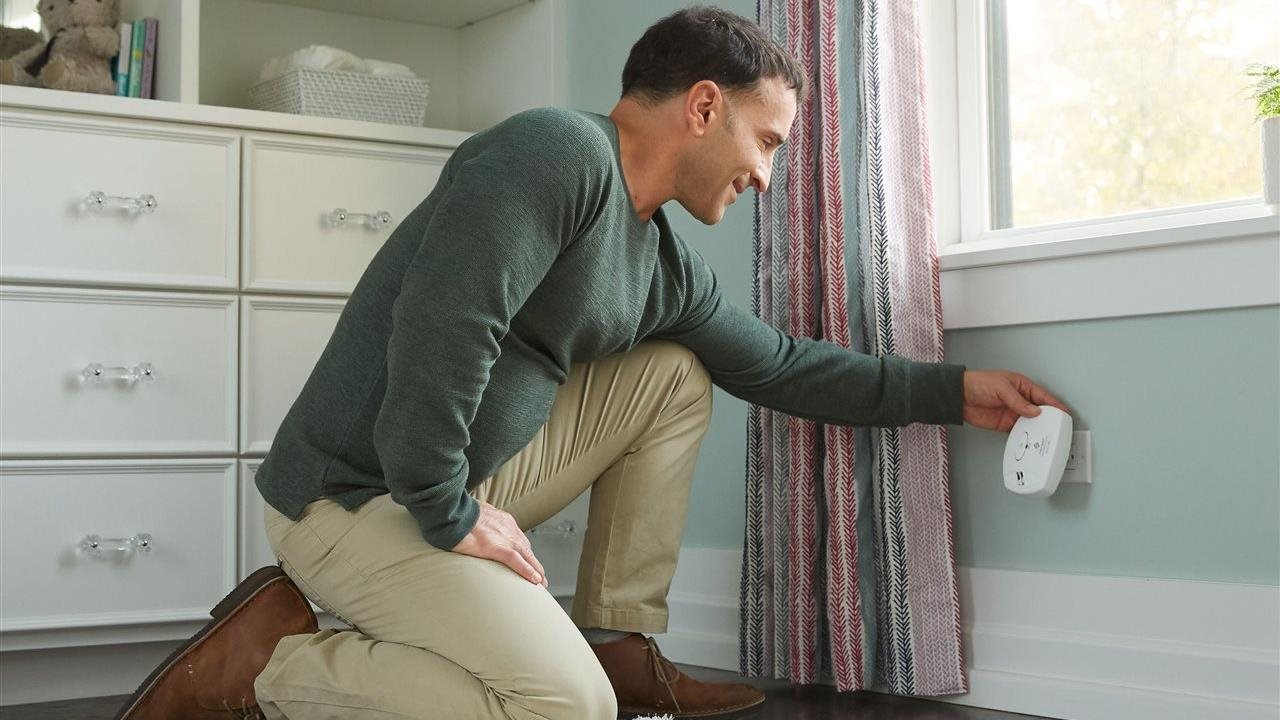
(BPT) – Natural disasters such as hurricanes, tornadoes, floods and snowstorms can occur at any time, so preparing ahead is key. However, a study by the Federal Emergency Management Agency found that only 44% of Americans are prepared for an unexpected natural disaster.
“Unfortunately, severe weather can occur throughout the year, so it is important to always be prepared,” said Ashley Gocken, a home safety expert with First Alert, a leader in residential fire safety, now part of Resideo Technologies, Inc. “Implementing new safety measures or strengthening the ones that you and your family have in place can help save yourself from unnecessary stress should an emergency arise.”
Follow these home safety tips to help ensure your family is prepared during storm season:
Equip for emergencies. Being prepared for inclement weather includes having an emergency kit ready. In addition to necessities such as a first aid kit, flashlight, water and medical supplies, make sure your safety kit includes a multi-tool, portable phone charger, fire extinguisher, carbon monoxide (CO) alarm, batteries, blankets and non-perishable food.
Know about CO. An invisible and odorless gas, carbon monoxide (CO) is the leading cause of accidental poisoning in the U.S., leading to more than 430 deaths each year, according to the Centers for Disease Control and Prevention. CO incidents can spike during storm season, due to the misuse of portable generators, stoves or grills as alternative heating sources during power outages.
In the case of a power outage, run generators in a well-ventilated, outdoor area to avoid CO build up in your home. Don’t operate them in the garage, even if you intend to keep the garage door open and be sure to keep it at least 20 feet away from any door, window or vent opening for extra safety precautions.
Install home safety tools. Because CO is impossible to detect without an alarm — and its symptoms like headache, nausea, dizziness, weakness, and vomiting can easily be confused with the common cold — proper alarm placement, regular maintenance and alarm replacement are essential parts of your home safety plan. According to guidelines from the National Fire Protection Association, carbon monoxide and smoke alarms should be installed in or near every sleeping area and on every level of the home, including the basement. Equip your home with 10-year alarms or alarms with battery backup for protection during power outages. The First Alert Carbon Monoxide Plug-In Alarm with Battery Backup alerts residents to dangerous CO levels and, thanks to its battery backup, allows for continuous monitoring during a power outage.
For ultimate protection against the threats of smoke, fire and CO, install combination alarms such as the First Alert 10-Year Sealed Battery Smoke and CO Alarm to eliminate the need to replace batteries for a decade. Make sure alarms are installed at least 15 feet away from CO sources to reduce the chance of false alarms, but if one does sound, leave the home immediately and call 911. Be sure to test all alarms regularly, and for those without a 10-year battery, replace batteries at least every six months.
Safely store valuables. In case of an emergency, make sure important documents such as birth certificates, passports and insurance papers are stored in waterproof or fire-resistant safes or security chests, and create password-protected digital copies for preservation. Move valuables, including family heirlooms and prized possessions, to higher levels of the home or to the same safes for maximum security.
“Putting the proper protections in place can better enable families are well-prepared when a severe storm arises, and all year round,” said Gocken.
For more information, visit www.firstalert.com.
